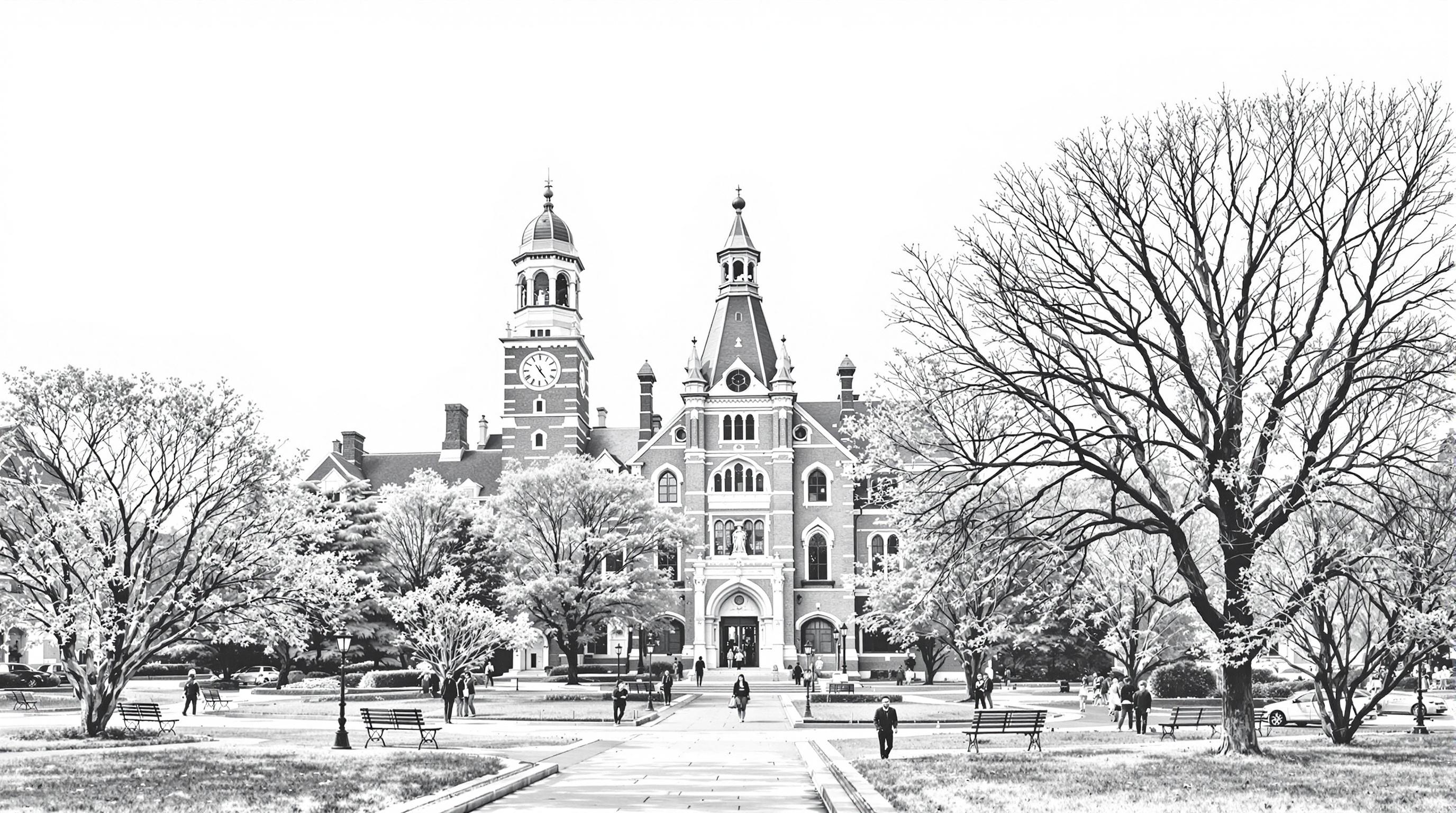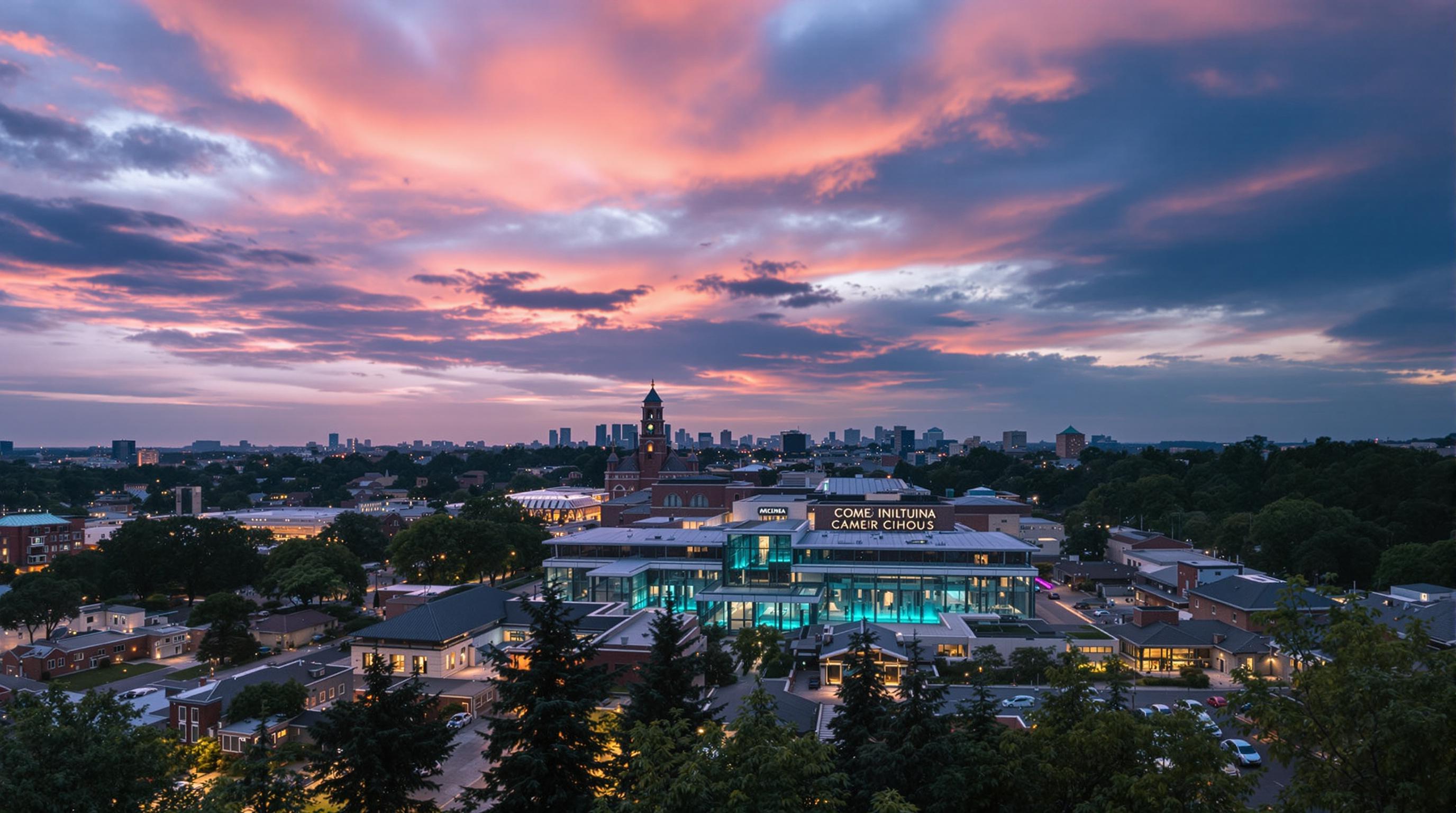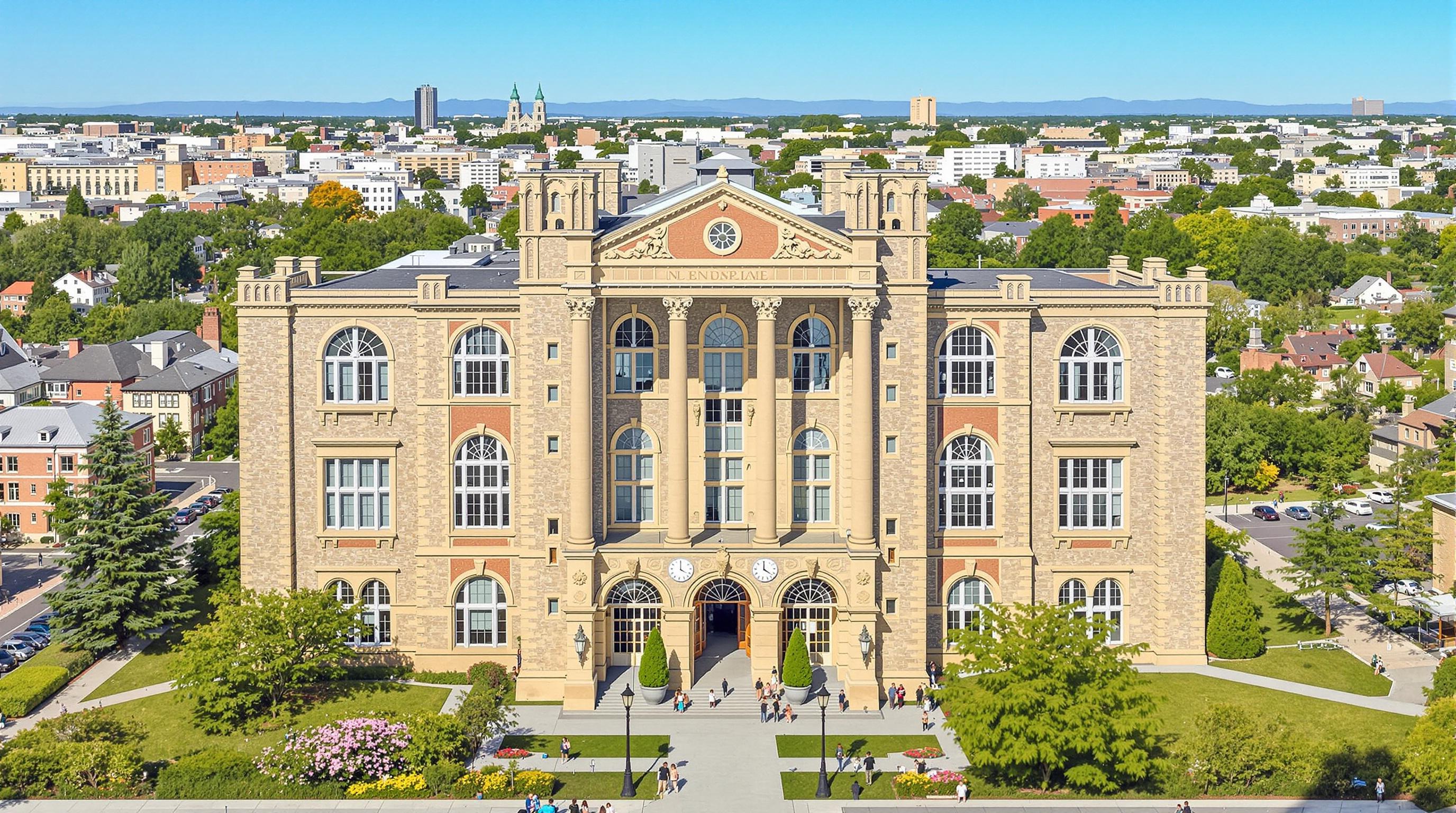Related Articles
- 7 Game-Changing Student Budget Apps Released Since 2019 That Slash College Living Expenses
- The Silent Toll of Campus Health Services: Unpacking the Overlooked Expenses Students Face Beyond Tuition
- Examining Virtual Tour Accessibility Challenges for Neurodiverse and Disabled Students in Higher Education
- The Role of Virtual Campus Visits in Shaping Student Identity and Community Belonging from Afar
- How Procrastination Patterns Shape College Application Outcomes: Analyzing the Role of Timing in Student Decisions
- How Seasonal Patterns Influence Decision-Making Mindsets During Critical College Application Phases
The Role of Virtual Campus Visits in Shaping Student Identity and Community Belonging from Afar
The Role of Virtual Campus Visits in Shaping Student Identity and Community Belonging from Afar
Virtual campus visits are revolutionizing how students connect with their future universities, influencing their identity and sense of community even from miles away. This article explores various dimensions of virtual tours, blending different writing styles to reveal their deep impact on shaping student experiences.
The Digital Age of Campus Exploration: A Story from the Heart
Imagine 18-year-old Mia, sitting in her bedroom 3,000 miles from her dream college, headphones on, navigating a virtual campus tour. The cherry blossoms, the bustling student center, the quiet library—all through her screen—begin to stitch a new identity tied not just to a place, but to a community she’s never physically touched. Through this virtual journey, Mia finds belonging before even setting foot on campus.
Why Virtual Campus Visits Matter Now More Than Ever
The COVID-19 pandemic catapulted virtual tours from novelty to necessity. According to the National Association for College Admission Counseling (NACAC), 69% of students reported attending virtual campus events during 2020, dramatically increasing exposure to institutions they might not otherwise have considered (NACAC, 2021).
This unprecedented access expands horizons, letting prospective students experience cultures and communities, building identity frameworks long before in-person interaction.
From Skepticism to Acceptance: Voices from the Field
"At first, I thought a virtual tour couldn’t capture the essence of a school, but I was wrong," says Jamal, a 22-year-old transfer student. "Seeing students’ stories through videos and live Q&As helped me feel connected, shaping my confidence in choosing this place."
Community Building Through the Screen: More Than Just a Virtual Walkthrough
Beyond viewing buildings, virtual campus visits embed interactive sessions: meet-and-greets with faculty, student panels, live chats, and virtual housing tours. These platforms create a social fabric that nurtures student identity in remote settings.
Research from Educause Review indicates that students who participate in virtual campus communities report a 33% higher sense of belonging compared to those who only access static information (Educause, 2022).
A Casual Chat About Identity and Belonging
Think about it: when you’re thousands of miles away and can still ask a current student about the best late-night diner nearby or hear about quirky campus traditions, suddenly the university feels alive. It’s not just a dream anymore; it’s a place where you belong. Pretty cool, huh?
The Persuasive Power of Virtual Presence
Universities are pouring resources into immersive virtual experiences because they recognize this helps students commit. Students’ identities are intricately bound to the communities they join; thus, virtual access to campus culture can decisively tilt enrollment choices.
Take the University of Michigan’s Virtual Reality Campus Tour, which saw a 40% increase in student applications after its launch in 2022 (UMich Report, 2023). This clearly demonstrates the persuasive power virtual visits hold.
Humor Me: The Virtual Campus Tour That Went Totally Wrong
I once tried a virtual campus tour that promised live student interactions. Instead, it was just a robotic voiceover and a glitchy 360° panorama. It felt like a ghost town! But hey, if a few bugs can’t spoil the sense of belonging these tours create, then maybe there’s hope. Imagine a future where you don’t have to brave airport crowds — the campus is literally in your living room, minus the robot voices.
The Formal Perspective: Institutional Benefits and Challenges
From a strategic viewpoint, virtual campus visits enable institutions to reach global audiences while optimizing marketing budgets. However, they also present challenges: technological disparities, digital fatigue, and difficulties in replicating on-campus “vibes” authentically.
Thus, continuous innovation is crucial. Institutions are increasingly utilizing mixed reality, AI-guided tours, and personalized content to deepen individual engagement. The investment is worthwhile, considering the long-term impact on student recruitment and retention.
Statistically Speaking: Impact on Diverse Student Populations
Virtual visits have notably increased equity in college search processes. A 2021 study by the College Board found that underrepresented minorities were 25% more likely to “visit” campuses virtually than physically due to travel constraints and costs (College Board, 2021). This helps democratize opportunity and identity formation across socio-economic boundaries.
A Walkthrough of Emotional Landscapes: Student Identity Formation
Identity develops through multiple lenses—social, cultural, academic. For prospective students, virtual campus visits provide a scaffold for these layers by allowing them to observe peer diversity, access cultural resources, and envision themselves as part of an academic community.
Psychologist Dr. Lillian Torres notes, “Virtual immersion helps reduce the stranger-danger feeling. When students interact with alumni and peers online, they start internalizing the institution’s values and imagining their own trajectories.”
Case Study: The International Student Experience
Take Lin, a 19-year-old international student from China. She credits virtual campus experiences with easing her transition. “The online sessions introduced me to student clubs, helped me find mentors, and made the campus feel like home even before I arrived.” This early connection mitigated homesickness and strengthened academic motivation.
Breaking Myths: Virtual Visits vs. Physical Campus Charms
Some argue virtual visits strip away the intangible energy of college life, but evidence suggests otherwise. While nothing replaces walking through ivy-covered halls, virtual tours offer unique benefits—like repeated access, asynchronous participation, and cross-cultural interaction—that physical visits cannot.
Concluding Reflections
As an invigorated 50-year-old educator reflecting on decades of student transitions, I see virtual campus visits not as a temporary fix but a foundational shift. They democratize access, foster community, and shape identities creatively and inclusively. The boundaries of geography no longer define belonging.
In the future, hybrid models will dominate—blending in-person warmth with digital innovation—to craft richer, more personalized student journeys from afar. So if you’re a student or parent wondering how to choose a school without setting foot on campus, remember that virtual visits are not second-best; they are simply different—and powerful in their own right.




